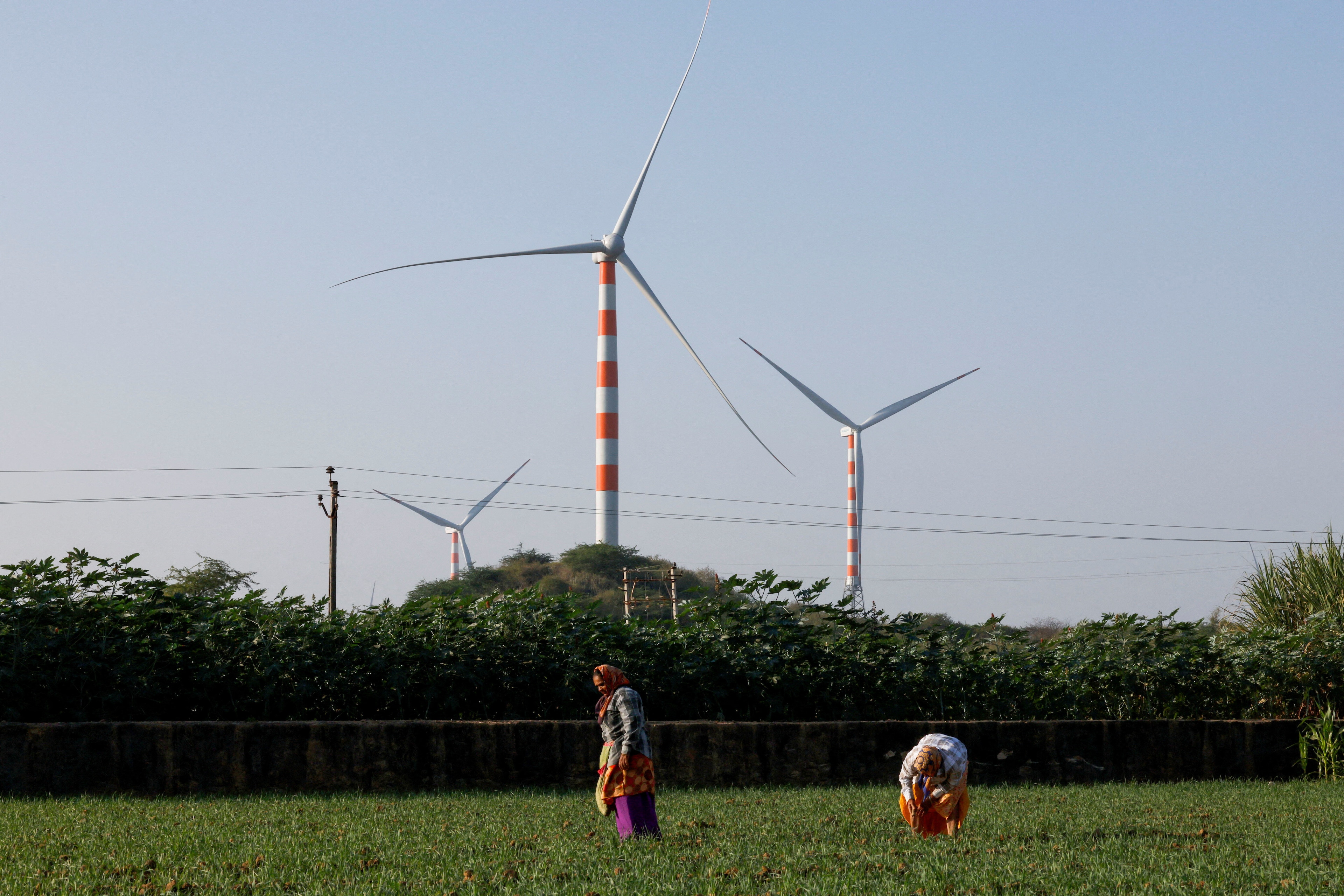These charts show how little the global energy supply has changed since the 1970s

Reflecting on the changes in the global energy supply mix in the past 50 years.
Image: REUTERS/Wolfgang Rattay
Stay up to date:
Energy Transition
- New statistics from the IEA show that our global energy supply mix has not changed as much as the global effort at decarbonization might suggest.
- Natural gas and nuclear energy have grown in importance.
- Renewables continue to have a very low share in the global energy supply.
- 2020 could be the turning point for our climate.
Concorde made its first non-stop transatlantic flight, the Watergate scandal was raging, the US withdrew from Viet Nam, and an oil crisis set petrol prices soaring.
The year was 1973. You might think that a lot has changed since then.
But when it comes to the energy supply, things look surprisingly similar. New statistics from the International Energy Agency (IEA) show little has changed with our global energy supply mix in 47 years – especially when it comes to the reliance on fossil fuels.
The biggest difference between the global energy supply in 1973 and today is that the world relies less on oil, while the supply of coal and natural gas has increased in direct comparison.
In fact, global coal supply and demand has been rising over the past few decades, with Asia-Pacific as a major driver. From less than half of world demand and production in 2000, the region accounted for three-quarters of demand in 2018 as well as providing 73% of coal supplies.
Rise of natural gas in global energy supply mix
The increase in natural gas in the energy supply mix by 6.8 percentage points may point to its increasing role as a coal replacement, for example in power generation and heating, and as a “transition” fuel to lower greenhouse gas emissions. On a lifecycle basis, natural gas gives off between a third to 50% less carbon dioxide when burned compared to coal, according to the IEA.
In terms of other “greener” forms of energy, nuclear power increased by more than eight percentage points while biofuels and waste grew by four percentage points.
Small share for renewable energy
The share of other sources – including renewables such as hydro, wind and solar power – has grown, but relative to fossil fuels, their overall share in the global energy supply mix remains small.
The charts underline the scope of the task ahead in terms of decarbonizing and reaching net-zero emissions by 2050.
What is the World Economic Forum’s Sustainable Development Impact summit?
Policies in support of this goal are being put in place in many parts of the world – ranging from promoting electrification through renewable energy sources to boosting the use of hydrogen and deploying carbon-capture technology.
In Europe, which has been a leader in the transition to renewables, the first half of 2020 saw renewables generate more electricity to residential properties and businesses than fossil fuels for the first time, according to climate think tank Ember. More than a fifth of Europe’s energy came from solar panels and wind turbines, with Denmark, Ireland and Germany leading the field.
What's the World Economic Forum doing about the transition to clean energy?
A ‘Great Reset’ for the climate
The dip in energy demand following the coronavirus lockdowns could provide a starting point for much stronger departure from past trends.
The “Great Reset”, as Professor Klaus Schwab, Founder and Executive Chairman of the World Economic Forum, has called it, presents an opportunity to avoid reverting to the pre-COVID-19 status quo, and tackle the climate catastrophe much more proactively.
The expected 6% dip in energy demand and 8% drop in global CO2 emissions that the IEA is anticipating for 2020 could be the decisive turning point for the future of the global energy supply and our planet.
Accept our marketing cookies to access this content.
These cookies are currently disabled in your browser.
Accept our marketing cookies to access this content.
These cookies are currently disabled in your browser.
Don't miss any update on this topic
Create a free account and access your personalized content collection with our latest publications and analyses.
License and Republishing
World Economic Forum articles may be republished in accordance with the Creative Commons Attribution-NonCommercial-NoDerivatives 4.0 International Public License, and in accordance with our Terms of Use.
The views expressed in this article are those of the author alone and not the World Economic Forum.
Forum Stories newsletter
Bringing you weekly curated insights and analysis on the global issues that matter.
More on Energy TransitionSee all
Gaurav Upadhyay and Labanya Prakash Jena
August 8, 2025
David Timis
August 8, 2025
Forum Stories
August 6, 2025
Marina Colombo and Lynn Kappes
August 6, 2025
Sverre Alvik
August 5, 2025
Michael Wang
July 28, 2025









